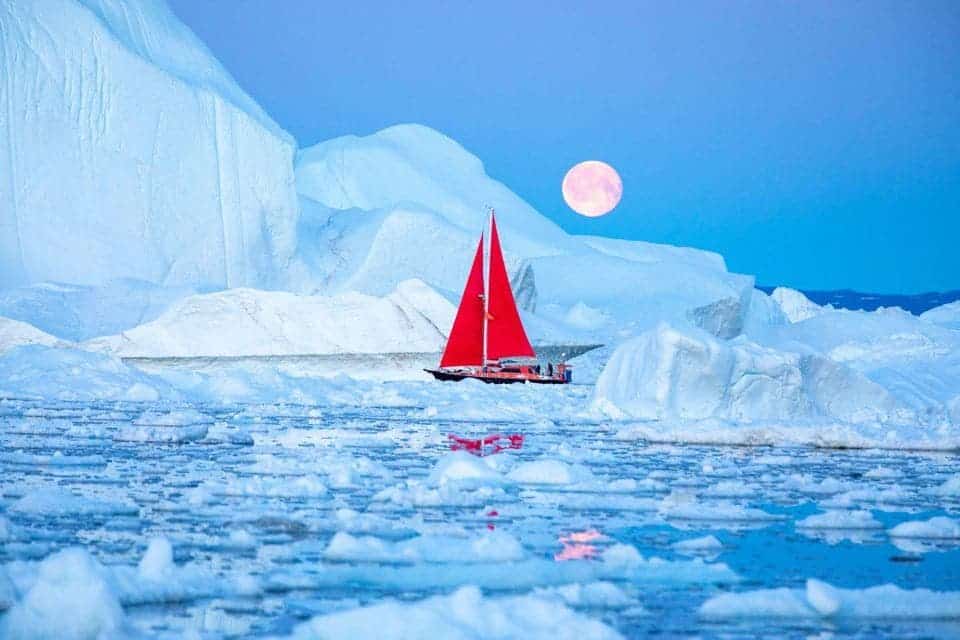Global warming is kicking in across the globe and Greenland and Antarctica are among the worst affected regions.
Both are losing ice six times quicker than in the 1990s, and if that continues sea level rise will increase an extra 17 centimeters by 2100 — in line with the worst-case scenario set by UN experts.

Those are the main conclusion of an analysis by experts from 50 international organizations, who have used data from 26 studies to calculate changes in the mass of the ice sheets in Greenland and Antarctica between 1992 and 2018.
The results were published in two articles in the online version of the journal Nature in 2018 (Antarctica) and 2019 (Greenland). The researchers now reported the combined data from the two areas in a press release distributed by the University of Leeds, UK.
The figures show that Greenland and Antarctica lost 6.4 trillion tons of ice between 1992 and 2017, which raised the level of the world’s seas by 17.8 millimeters. Of the total sea-level rise, 10.6 millimeters (60%) were due to Greenland ice losses and 7.2 millimeters (40%) to Antarctic losses.
The combined rate of ice loss has increased six-fold in just three decades, from 81 billion tons per year in the 1990s to 475 billion tons per year in the 2010s. This means, according to the authors, that the polar ice sheets are now responsible for a third of all sea-level rise.
“If Antarctica and Greenland continue to alienate themselves with the worst-case scenario of global warming, they will cause an additional 17 centimeters to rise in sea level at the end of the century,” said in a statement Andrew Shepherd of the University of Leeds, adding that 400 million people would be at risk.
The loss of the ice sheets coincided with several years of intense melting of the Greenland surface, according to these authors, which said that the heatwave in the Arctic last summer should set a new record. Antarctica and Greenland are losing ice five and seven times faster than in the 1990s, respectively.
In its fifth assessment report, the United Nations Intergovernmental Panel on Climate Change (IPCC) predicted that the global sea level would rise by 53 centimeters by 2100 and it is estimated that this would put 360 million people at risk of coastal flooding.
“We cannot know whether it is too late to stop climate change. Urgent and drastic measures are needed to decrease the contribution of CO2 and other polluting gases to the atmosphere, and still, we don’t know if it will be enough,” said Gorka Moyano, one of the researchers involved in the studies.


